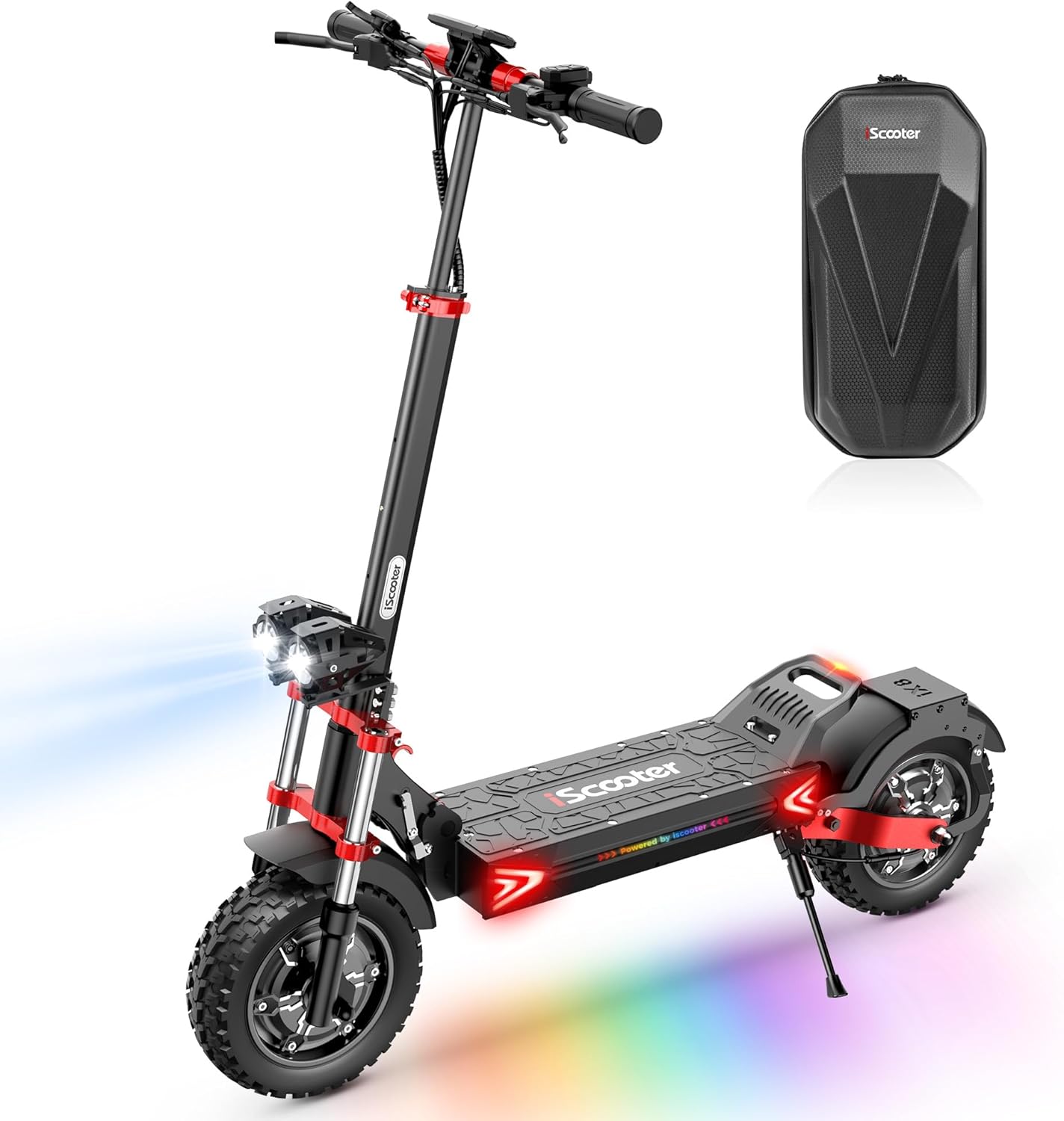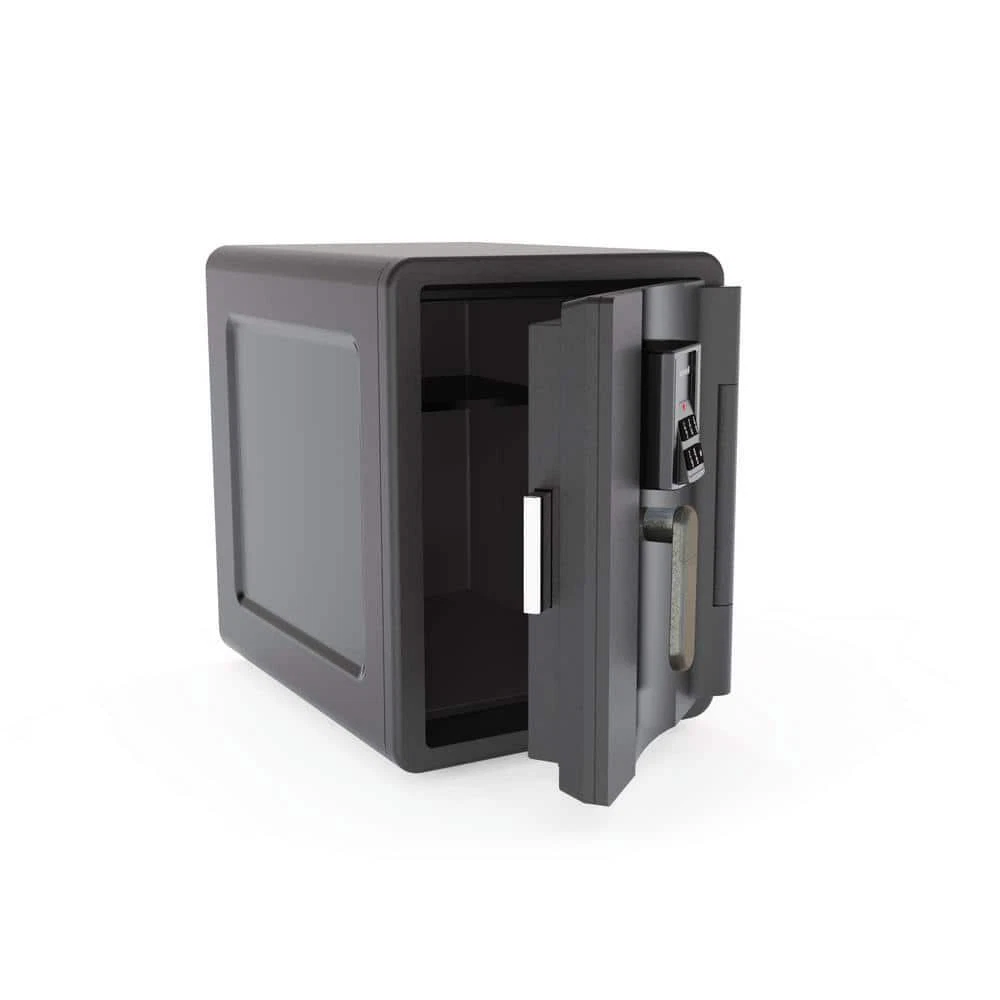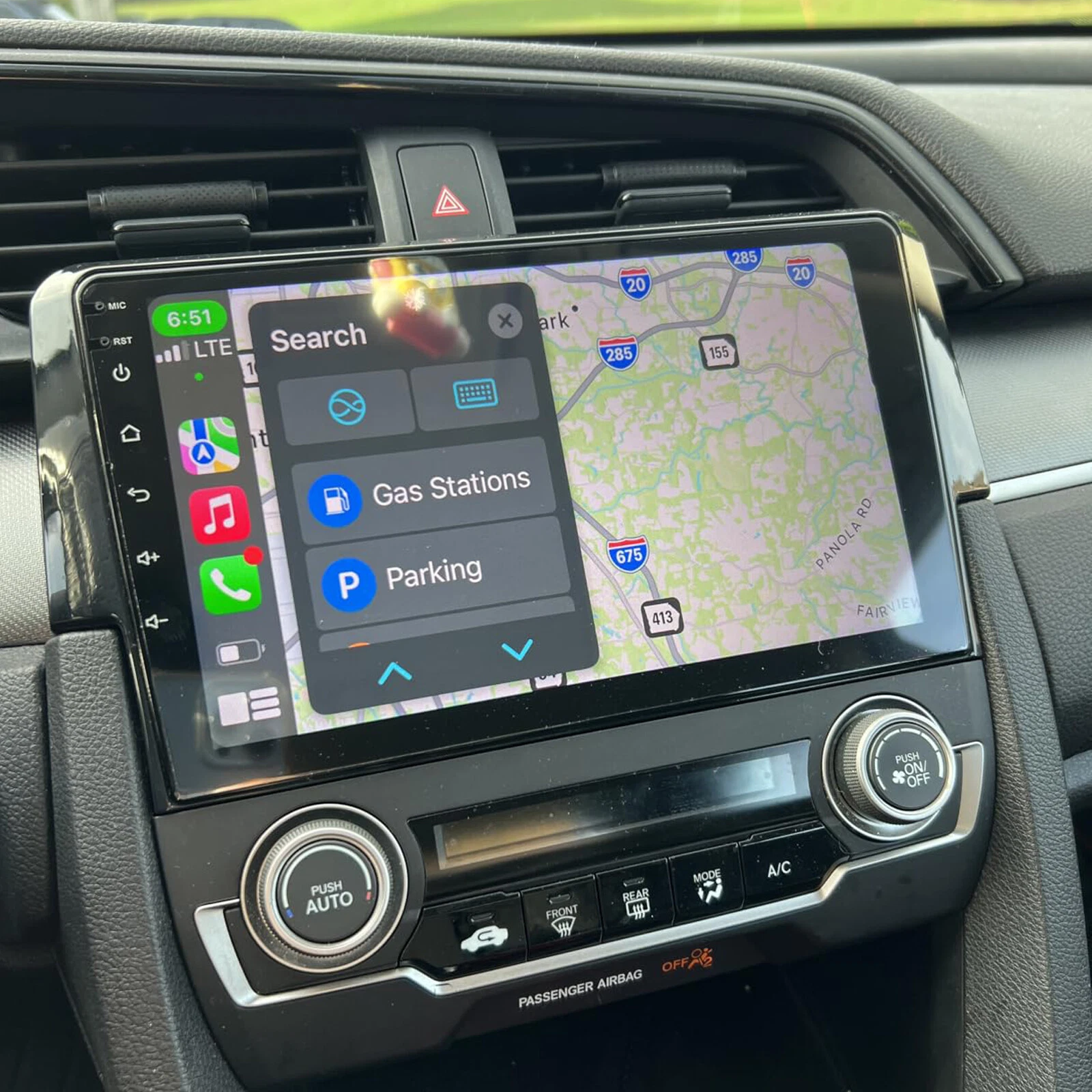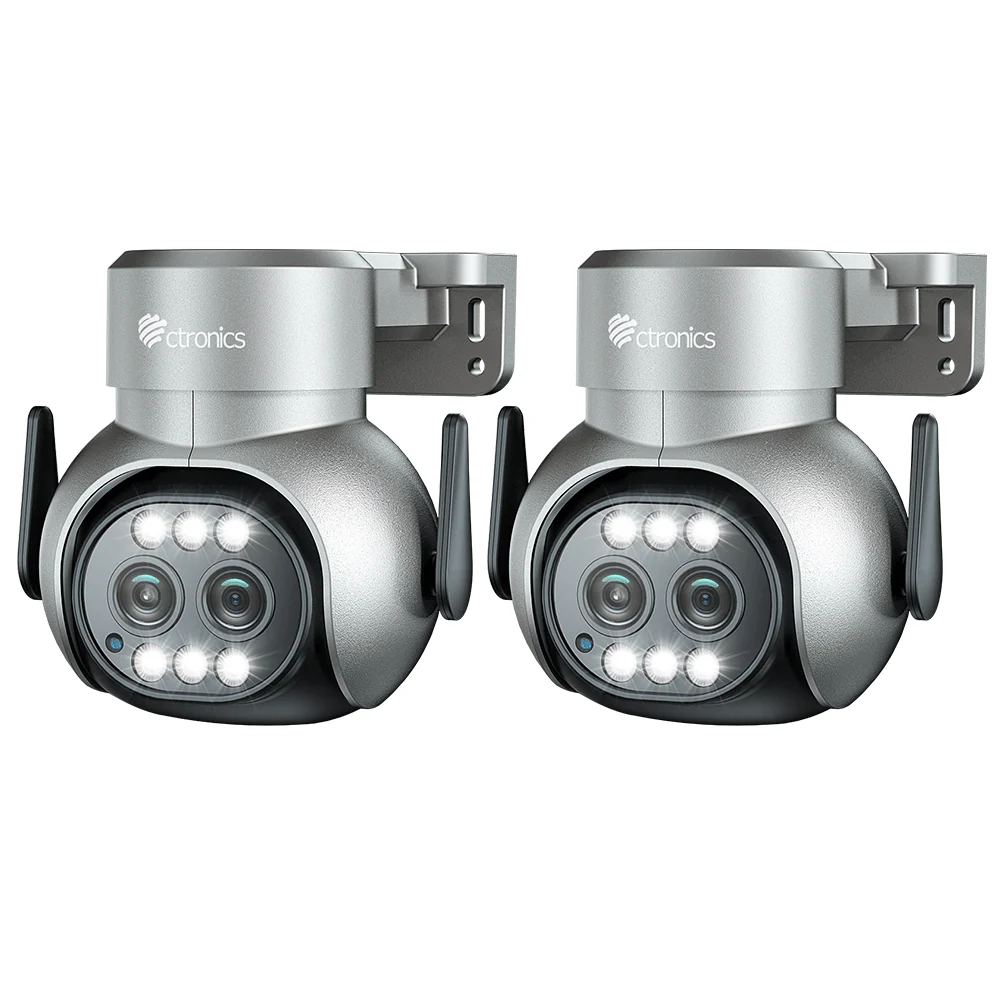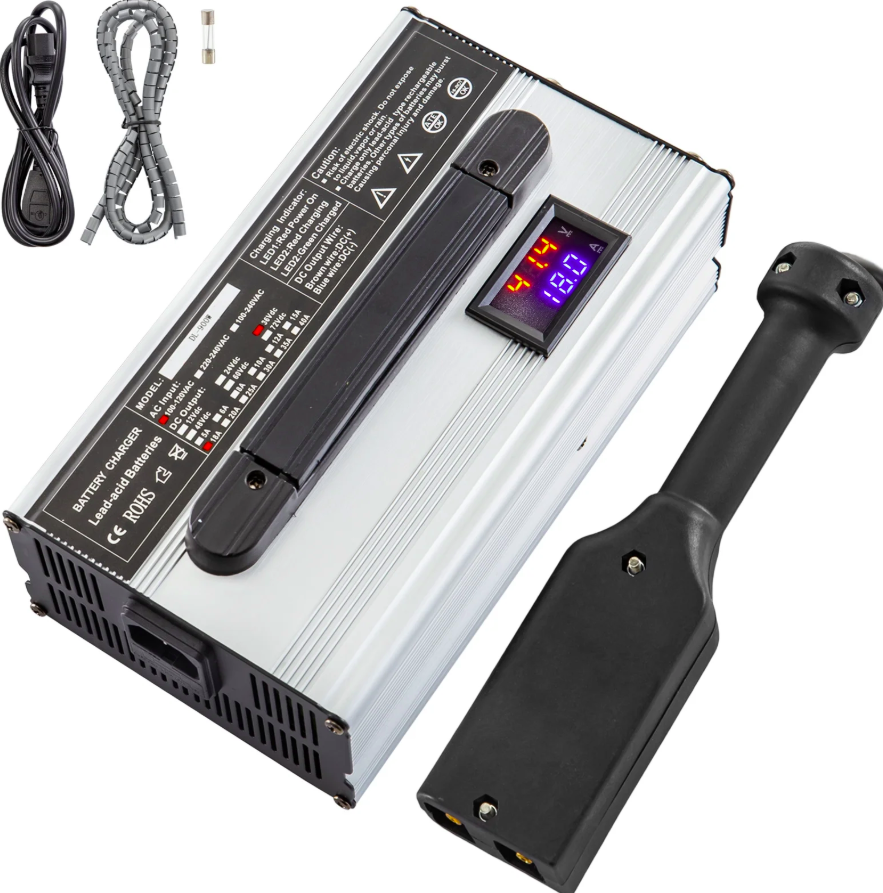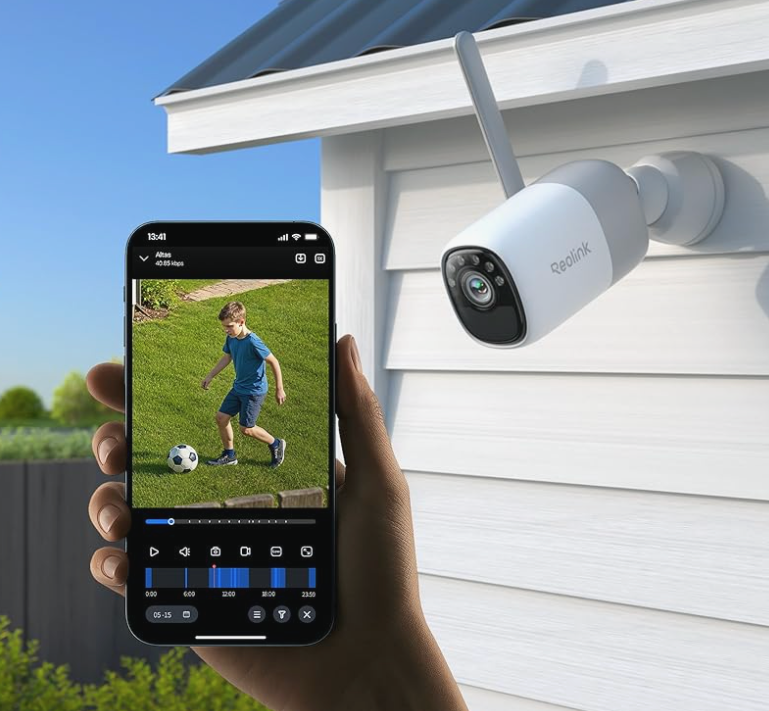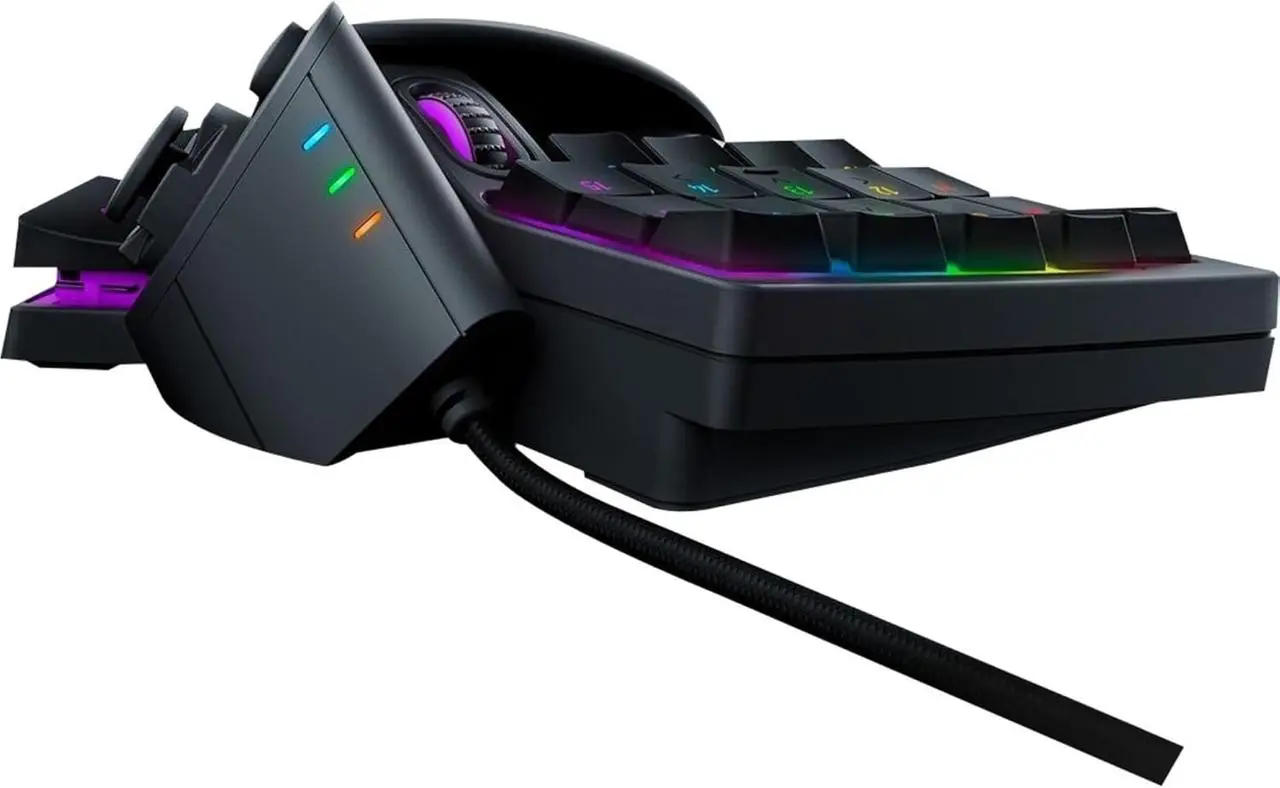In an era of hybrid work and pervasive cyberthreats, you need more than just a VPN—FortiClient combines traditional tunneling with Zero Trust Network Access (ZTNA) to verify every user and device. By integrating firewall, antivirus, and application controls into a single agent, it elevates endpoint security across complex environments.
In this article, we’ll walk through deployment options, core VPN and ZTNA capabilities, unified security features, performance considerations, licensing models, and best-practice configurations to help you evaluate Fortinet FortiClient – VPN & ZTNA for your organization.
Shop Fortinet FortiClient – VPN & ZTNA
Unified Agent Architecture
FortiClient installs as a lightweight agent on Windows, macOS, Linux, iOS, and Android. Administrators manage settings centrally via FortiGate or FortiClient EMS (Enterprise Management Server). This unified approach delivers:
- VPN and ZTNA in One: Users connect via SSL/IPsec VPN or dynamic ZTNA tunnels based on device posture.
- Endpoint Compliance: Enforce AV status, disk encryption, and OS patch levels before granting access.
- Automated Deployment: Leverage scripts, group policies, or FortiClient EMS templates for mass rollout.
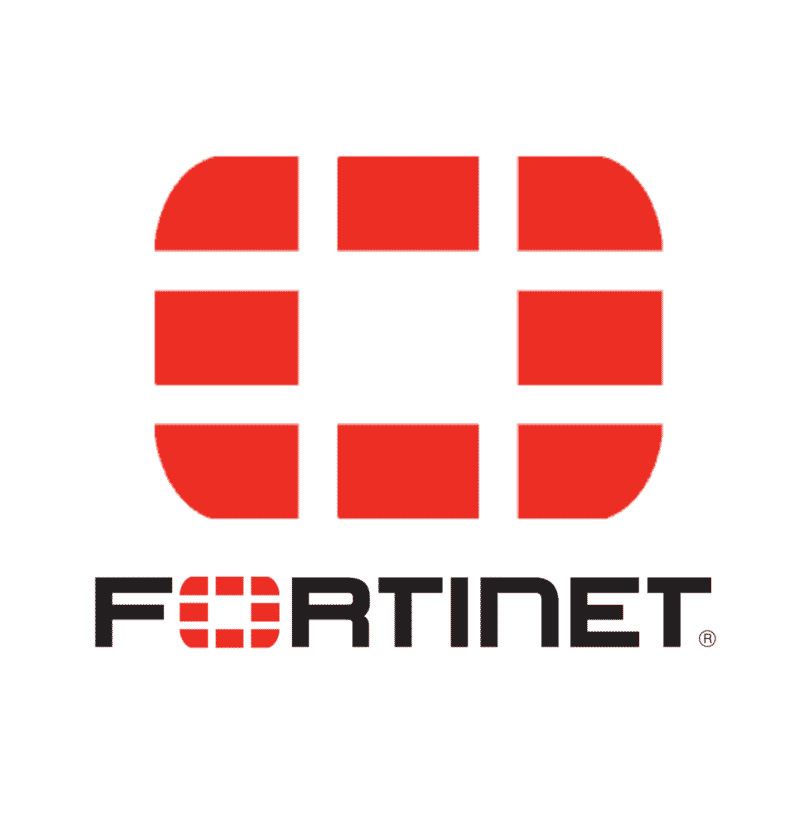
Robust VPN and ZTNA Capabilities
FortiClient supports:
- SSL & IPsec VPN: High-performance tunnels with FIPS-validated encryption.
- ZTNA Microtunnels: On-demand enclave access to specific applications—minimizes lateral movement risks.
- Multi-Factor Authentication: Integrates with FortiToken or third-party RADIUS/OKTA providers for stepped-up user verification.
Integrated Threat Prevention
Beyond secure tunnels, FortiClient embeds advanced security controls:
- Next-Gen Antivirus: AI-driven malware detection and real-time sandboxing.
- Web Filtering & Application Control: Block malicious URLs and restrict unapproved software.
- Vulnerability Scanning: Identify missing patches and known exploits to proactively harden endpoints.
Shop Fortinet FortiClient – VPN & ZTNA
Performance and Scalability
Benchmarks show FortiClient’s VPN throughput exceeding 300 Mbps on modern hardware, with ZTNA sessions adding minimal latency (<5 ms). The agent’s CPU footprint remains under 3 % during steady-state operation, making it suitable for lightweight laptops and mobile devices without sacrificing user experience.
Deployment Scenarios & Best Practices
- SMB Office Branches: Use IPsec VPN for site-to-site connectivity and ZTNA for remote workers.
- Distributed Enterprises: Tiered ZTNA policies segment seasonal contractors, minimizing risk.
- Cloud-Hosted EMS: FortiClient EMS in AWS or Azure automates global configuration and telemetry collection.
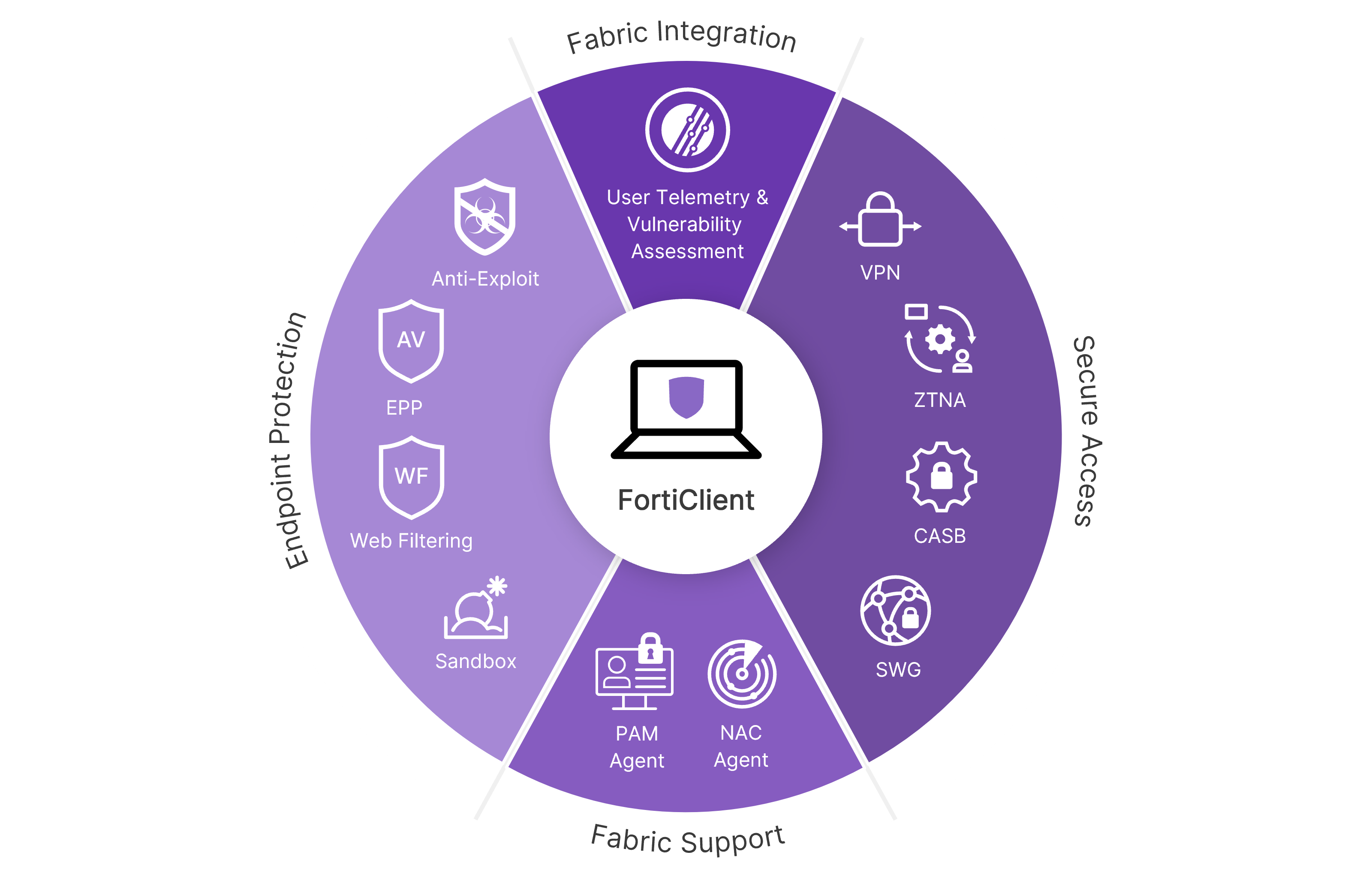
Licensing and Pricing Models
FortiClient is available under two primary licenses:
- VPN Only (Free): Core VPN features with manual client updates.
- Advanced (Paid): Includes ZTNA, EMS management, advanced AV, and web filtering.
Volume discounts apply for 100+ endpoints, and the Fortinet Fabric bundle offers additional savings when paired with FortiGate firewalls.
Support and Warranty
Fortinet provides 24/7 global support, access to firmware updates, and a comprehensive knowledge base. Advanced customers can opt for Premium RMA services and dedicated Technical Account Managers for SLA-backed response times.
Shop Fortinet FortiClient – VPN & ZTNA
Endpoint Telemetry & Analytics
FortiClient continuously collects telemetry data—from application usage to network connections—and forwards it to FortiClient EMS or FortiGate for centralized analysis. Administrators can visualize trends in dashboard widgets, such as the number of blocked threats per day, VPN session counts, and patch compliance rates. This rich dataset powers proactive decision-making: you can pinpoint underprotected endpoints, adjust security policies in response to emerging attack patterns, and demonstrate overall risk reduction to leadership.
Compliance Reporting & Audit Trails
Built‐in reporting modules simplify regulatory compliance for frameworks like GDPR, HIPAA, and PCI-DSS. Predefined templates generate audit-ready PDF or CSV reports on user activity, endpoint posture, and policy violations. Scheduled exports can automatically feed to SIEM systems or compliance officers. Detailed logs track every client update, configuration change, and detected threat—ensuring full transparency and accountability across your security operations lifecycle.
Fortinet Security Fabric Integration
As part of the Fortinet Security Fabric, FortiClient tightly integrates with FortiGate firewalls, FortiSandbox, and FortiSIEM platforms. Threat intelligence is shared bi‐directionally: endpoints feed real‐time detections into your network fabric, while the firewall can quarantine suspicious devices based on endpoint posture. This holistic approach closes gaps between network and endpoint security, delivering unified policy enforcement and accelerated incident response across the entire attack surface.
Shop Fortinet FortiClient – VPN & ZTNA
Mobile Security & Remote Remediation
On iOS and Android, FortiClient extends its protective reach with secure VPN, app inventory, and device‐check capabilities. If a device falls out of compliance—due to malware detection or missing patches—administrators can remotely restrict network access or push automated remediation scripts. For lost or stolen devices, remote wipe options ensure sensitive corporate data is erased, preserving confidentiality and minimizing breach impact.
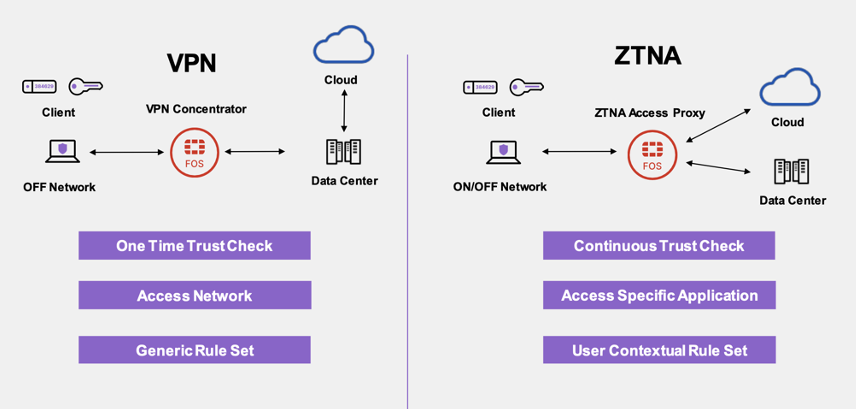
User Experience & Self‐Service Portal
End users benefit from an intuitive FortiClient UI that clearly displays connection status, security posture, and available support resources. The optional self‐service portal empowers users to initiate VPN connections, view policy compliance details, and run one‐click malware scans without IT intervention. This reduces help‐desk tickets and speeds up issue resolution, allowing your security team to focus on strategic tasks rather than routine troubleshooting.
Zero Trust Segmentation Policy Examples
Implement micro‐segmentation by defining ZTNA policies that grant application‐level access only after device validation. For instance:
- HR Portal Access: Require disk encryption and AV signature currency before allowing connections to the HR web app.
- Finance Database: Only allow access from managed, compliant endpoints and enforce MFA via FortiToken.
- Guest Contractor VLAN: Block lateral movement by isolating contractor devices into a restricted zone with internet‐only access.
These granular controls drastically reduce the attack surface and contain potential breaches.
Shop Fortinet FortiClient – VPN & ZTNA
ROI & Cost‐Benefit Analysis
Deploying FortiClient as part of the Security Fabric can yield a rapid ROI by consolidating multiple point solutions—VPN, antivirus, ZTNA, and patch management—into a single agent. Reduced breach incidents, faster incident response, and fewer help‐desk tickets translate into tangible savings. Organizations typically recoup their investment within 6–12 months through lower support costs, minimized downtime, and improved operational efficiency—making FortiClient not only a security imperative but also a financially sound choice.
Shop Fortinet FortiClient – VPN & ZTNA
Cloud Workload & Container Support
FortiClient extends protection beyond traditional endpoints by securing cloud workloads and containerized applications. Through native integrations with AWS, Azure, and Google Cloud, FortiClient agents can be deployed directly into virtual machines, Kubernetes pods, or Docker containers. This ensures consistent policy enforcement—antivirus scanning, web filtering, and vulnerability assessment—across both on-premises and cloud infrastructures. Automated discovery and labeling of new instances simplify policy assignment, maintaining zero-trust posture even as your environment dynamically scales.
Automated Patch Management & Remediation
Keeping software up to date is a cornerstone of endpoint hygiene. FortiClient’s automated patch management module continuously scans for missing OS updates and third-party application patches. Once approved, patches are downloaded and applied during off-peak hours to minimize user disruption. In the event of a detected vulnerability, FortiClient can trigger predefined remediation workflows—quarantining the affected endpoint, deploying necessary updates, and generating real-time alerts—ensuring compliance and dramatically reducing your window of exposure.
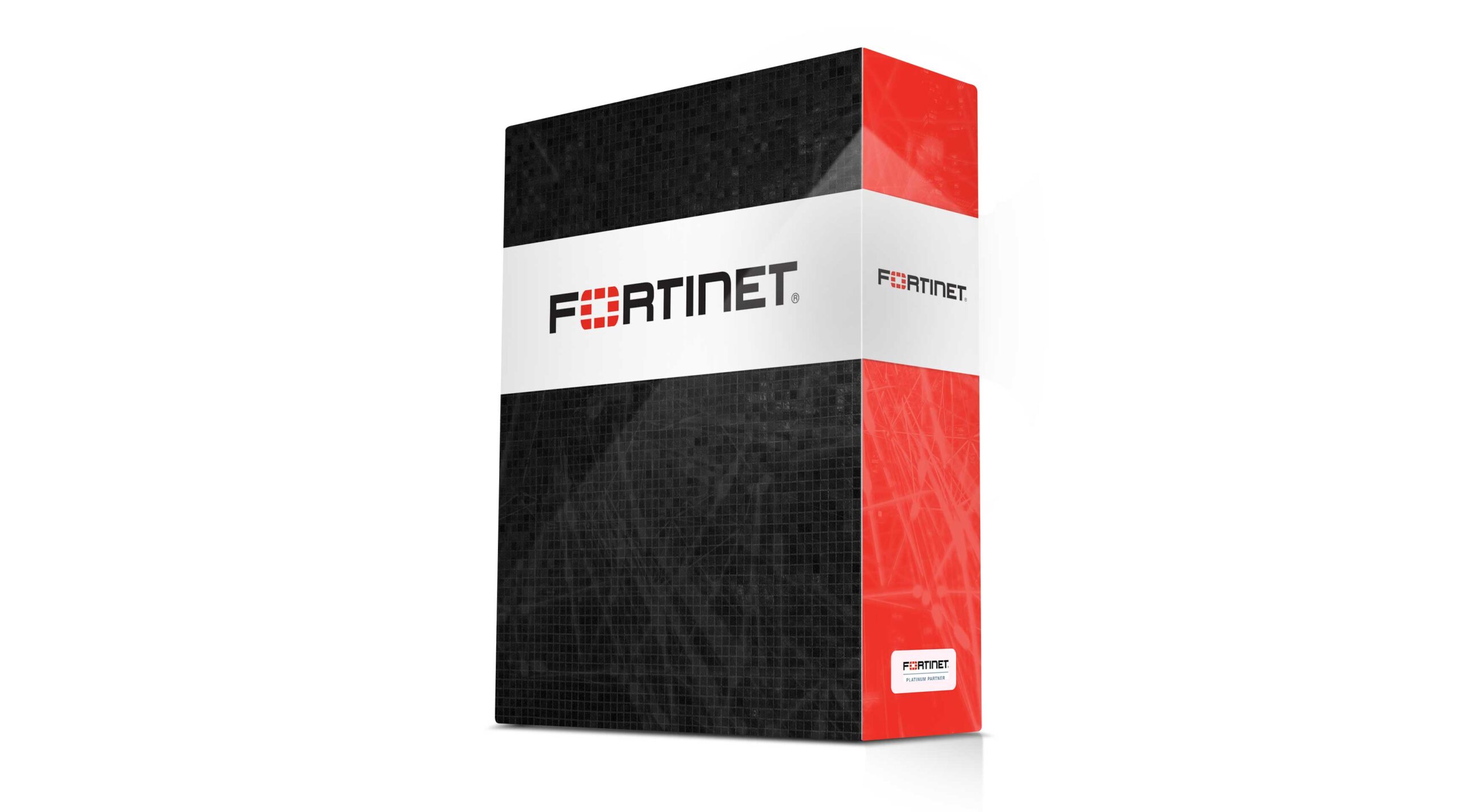
Conclusion
Fortinet FortiClient – VPN & ZTNA stands out as a holistic endpoint security solution, blending traditional tunneling with zero-trust principles and integrated threat prevention. Whether you’re securing a small branch office or a global workforce, its unified agent, centralized management, and scalable performance deliver robust protection for every user and device.
Shop Fortinet FortiClient – VPN & ZTNA
FAQ
- What platforms does FortiClient support?
Windows, macOS, Linux, iOS, and Android with consistent feature sets. - Do I need FortiGate for ZTNA?
Yes—ZTNA policies are configured and enforced via FortiGate or FortiClient EMS. - Is multi-factor authentication included?
Advanced license supports FortiToken and third-party MFA integrations. - Can I use FortiClient EMS in the cloud?
Yes—EMS can be deployed on AWS, Azure, or private datacenters. - Does FortiClient offer split tunneling?
Yes—configure per-group or per-user policies to exclude specific traffic from the VPN. - What’s the performance impact?
Under 3 % CPU usage; VPN throughput of 300+ Mbps on typical laptops. - Is there a free trial?
A 30-day trial of Advanced features is available for testing ZTNA and security modules.


